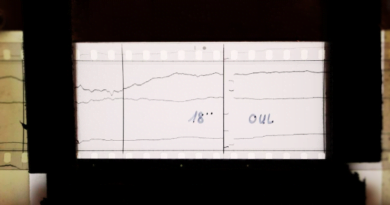Innovative Microscopic Robots Poised to Combat Cancer Within the Liver

Microscopic robots are designed to navigate and target cancer within the liver, offering a promising avenue for more effective and precise cancer treatment.
Canadian researchers are advancing a groundbreaking method to combat liver tumors using microrobots within an MRI apparatus. While once confined to the realm of science fiction, microscopic robots have emerged as practical tools for various real-world applications, including disease treatment.
This innovative approach harnesses miniature biocompatible robots, crafted from magnetizable iron oxide nanoparticles, guided by an external magnetic field to deliver precise medical intervention. However, a significant hurdle has hampered their effectiveness: the gravitational force on these microrobots often exceeds the magnetic force, limiting their maneuverability when the tumor is situated higher than the injection point.
To overcome this challenge, Dr. Gilles Soulez and his team at the CHUM Research Centre at Université de Montréal have developed an algorithm. This algorithm determines the optimal patient position during clinical MRI, leveraging gravity to enhance the magnetic navigation force. By aligning the magnetic field’s direction, they can precisely guide the microrobots to the targeted arterial branches feeding the tumor, preserving healthy tissue.
This breakthrough holds promise for revolutionizing interventional radiology’s approach to liver cancer treatment, particularly hepatocellular carcinoma, which claims 700,000 lives annually worldwide. The method, compatible with implantable catheters akin to those used in chemotherapy, offers superior tumor visualization compared to X-rays.
In experimental trials involving 12 pigs, mirroring human anatomical conditions, the microrobots successfully navigated the hepatic artery branches, reaching their intended destination. Moreover, employing an anatomical atlas of human livers, the researchers simulated microrobot navigation in 19 patients with 30 liver tumors. Remarkably, in over 95% of cases, the navigation algorithm accurately guided the microrobots to the targeted tumor locations.
Despite significant progress, widespread clinical implementation remains distant. Further advancements in artificial intelligence models are necessary, particularly for real-time microrobot navigation to the liver. this pioneering research heralds a promising future for precision medicine in liver cancer treatment.








